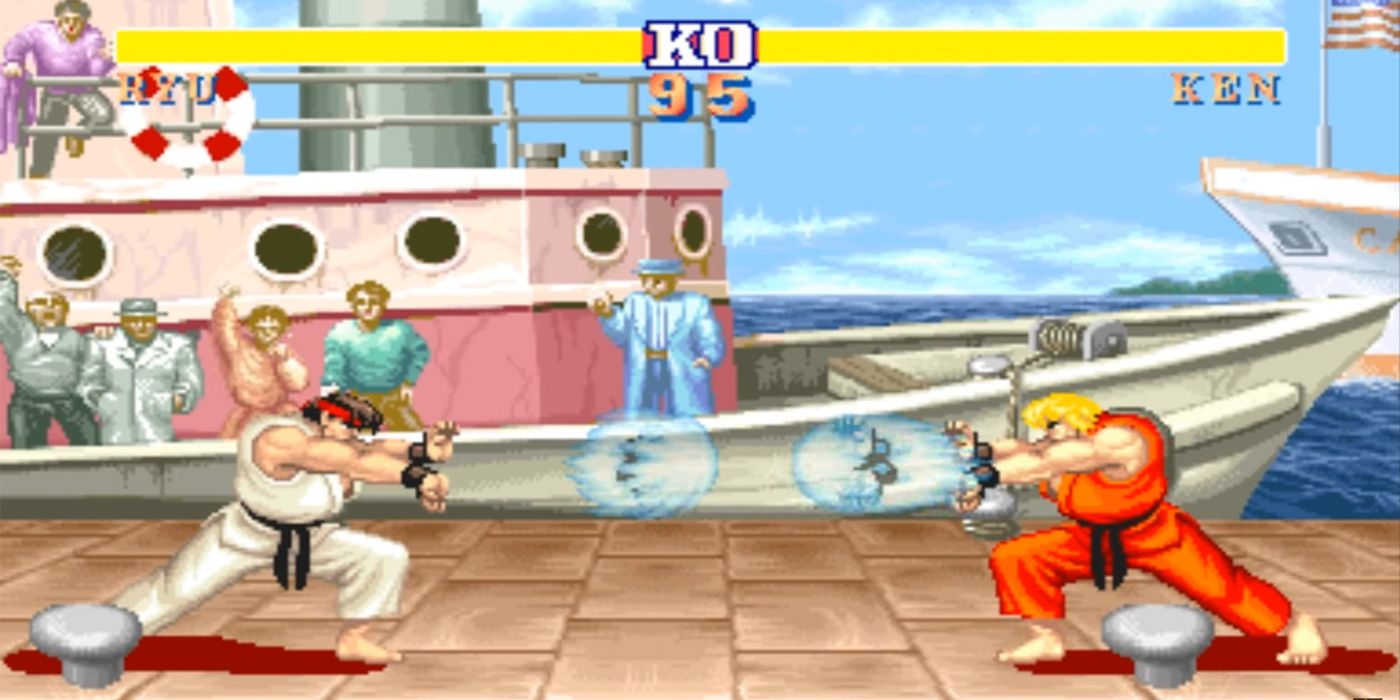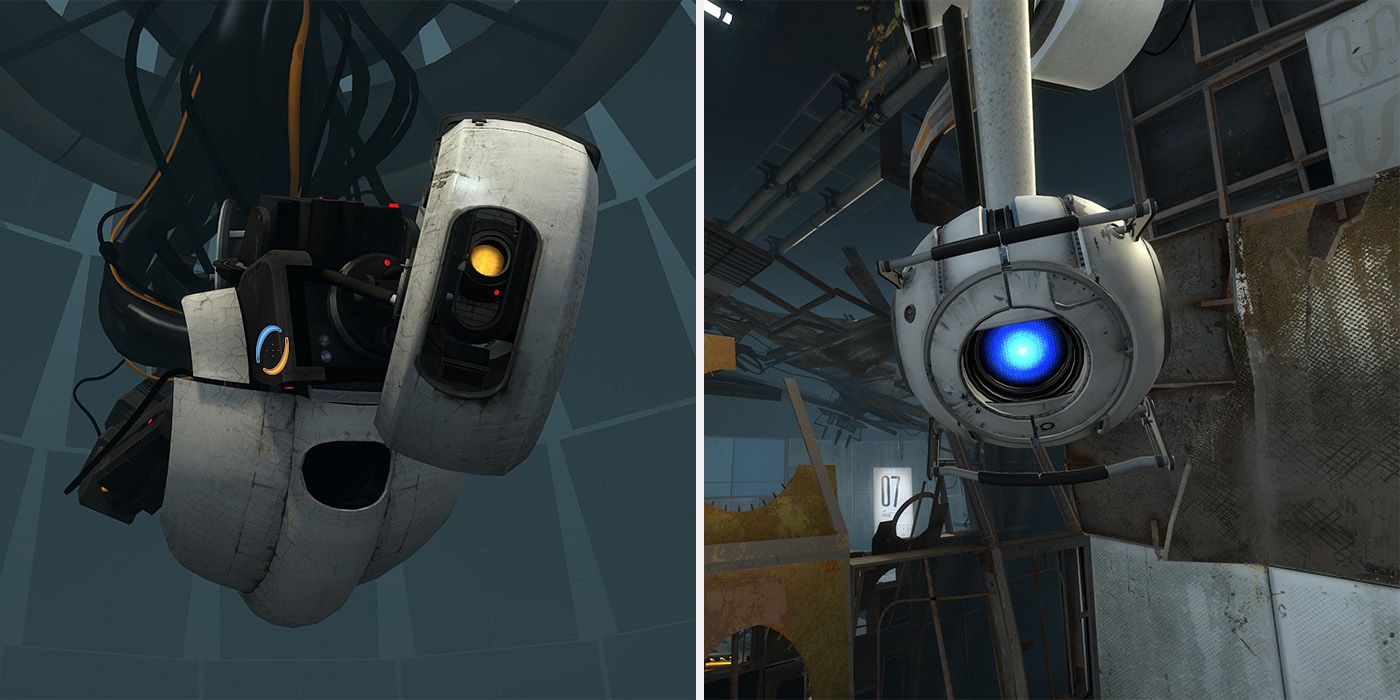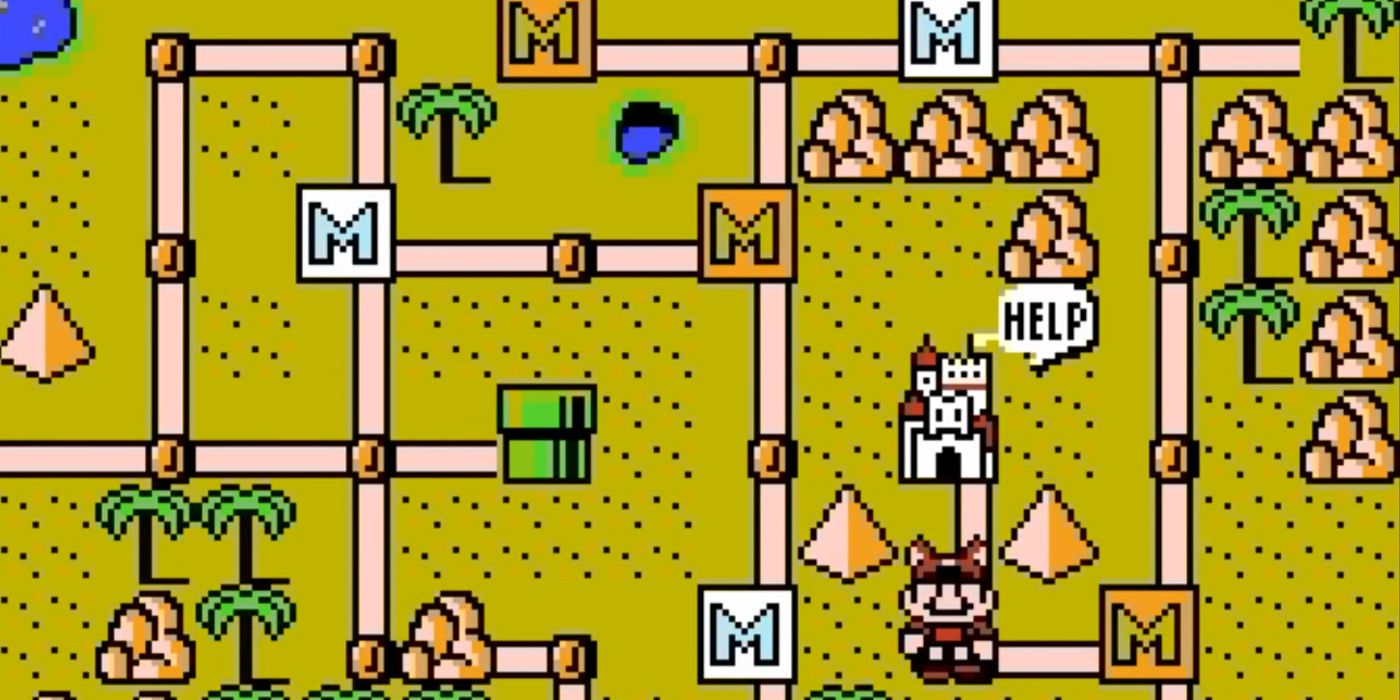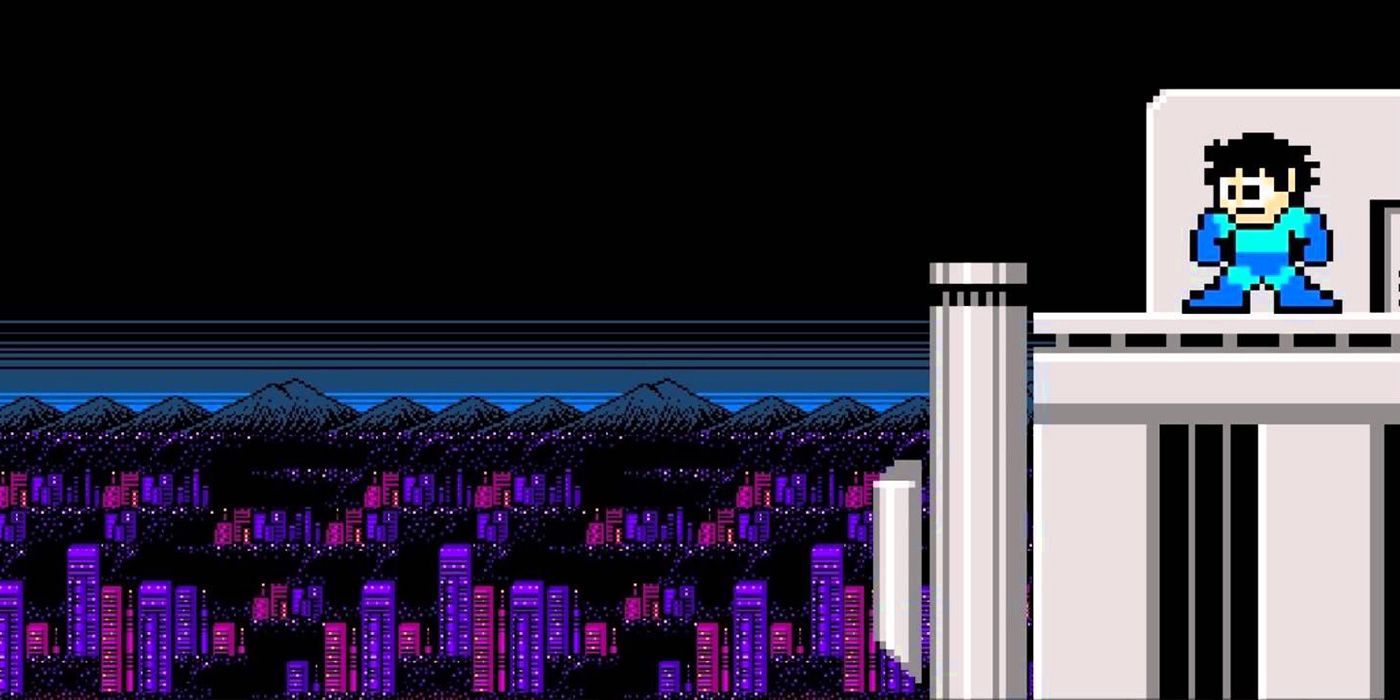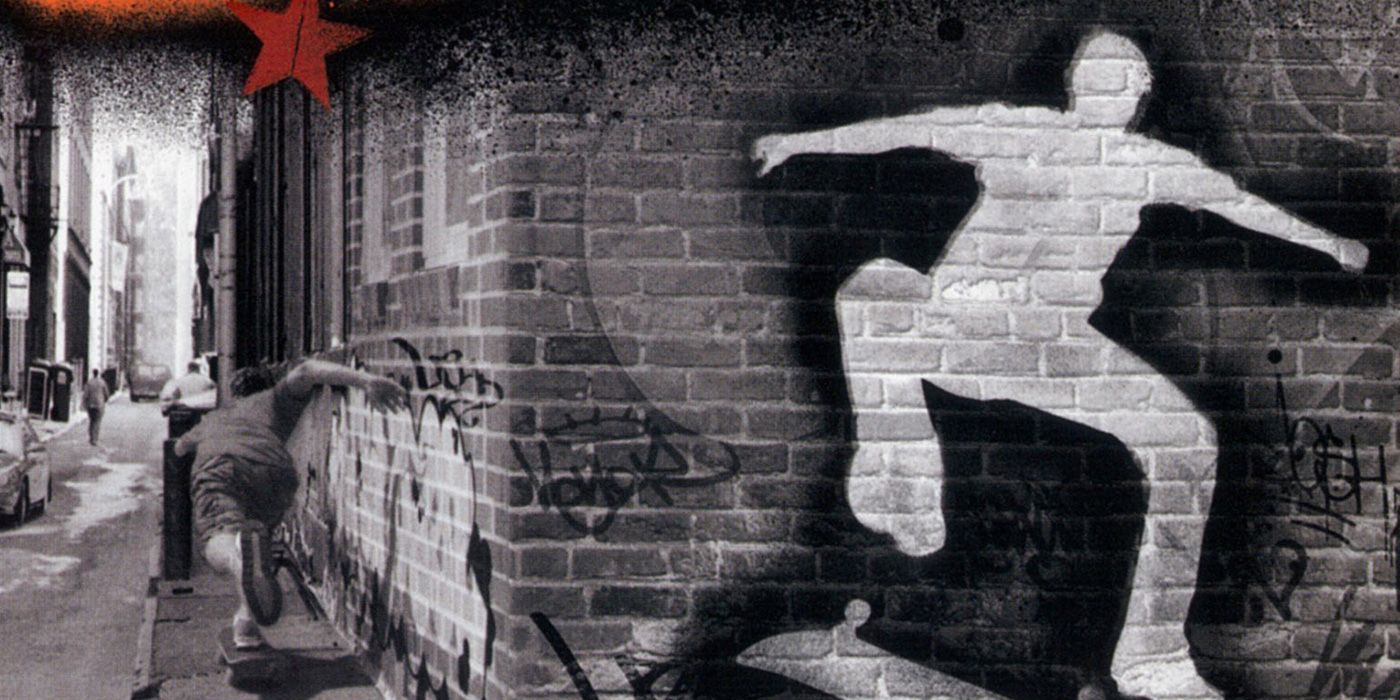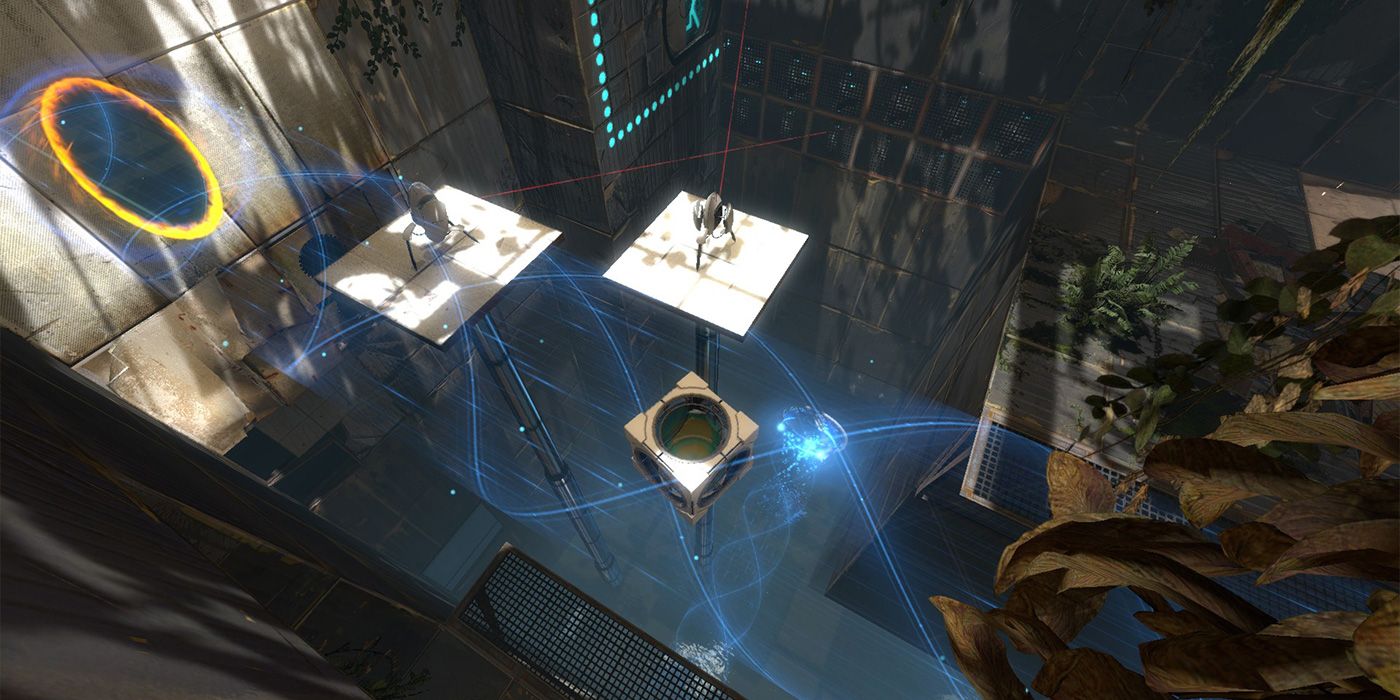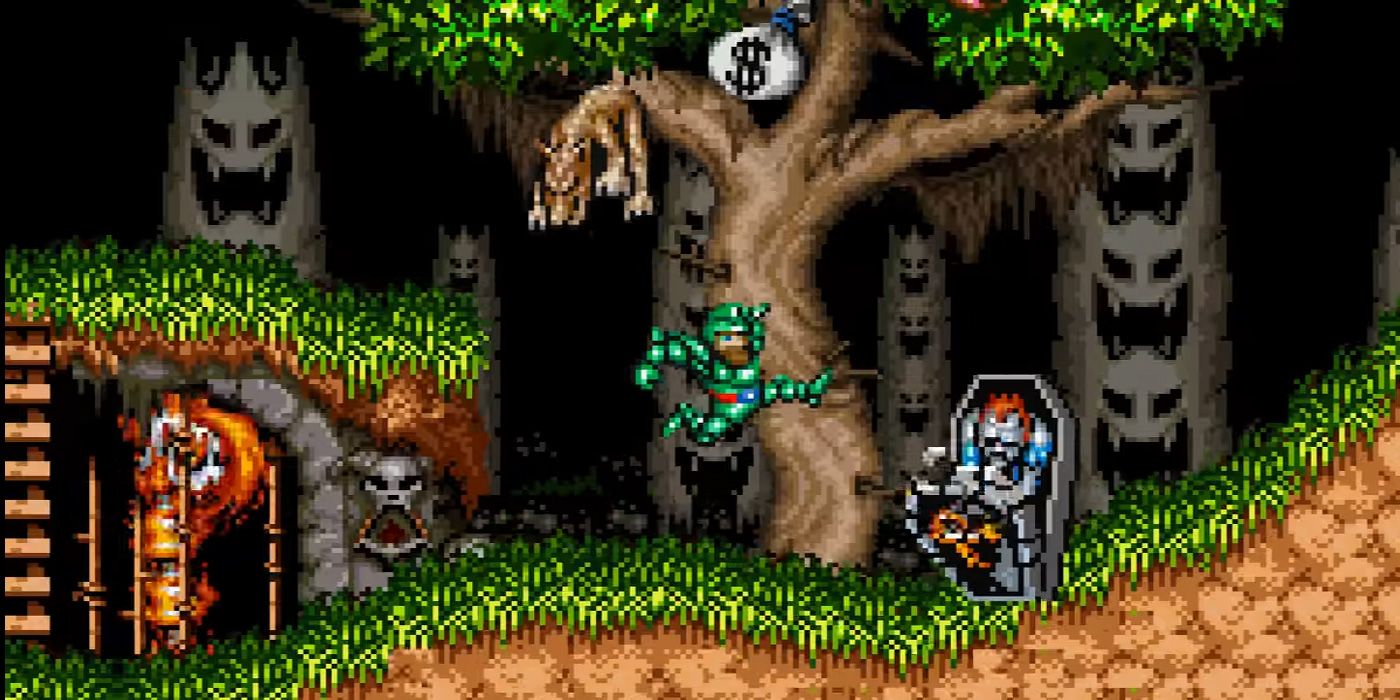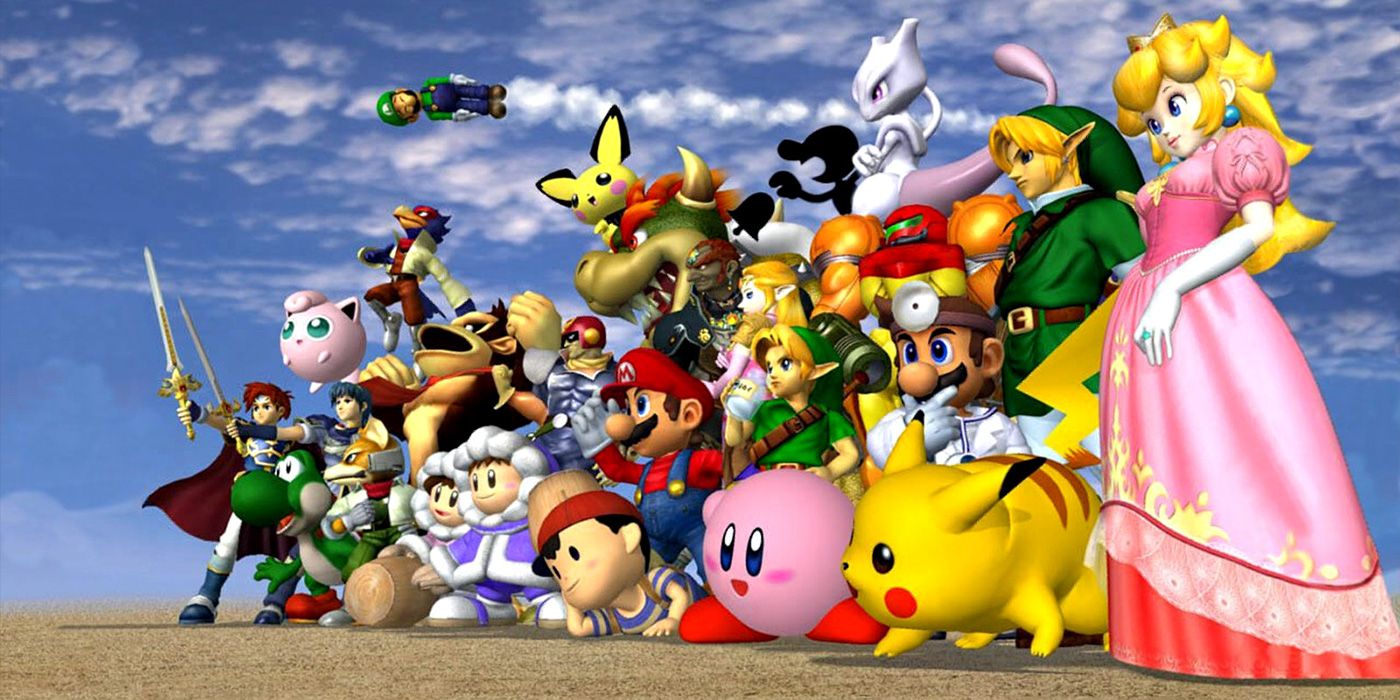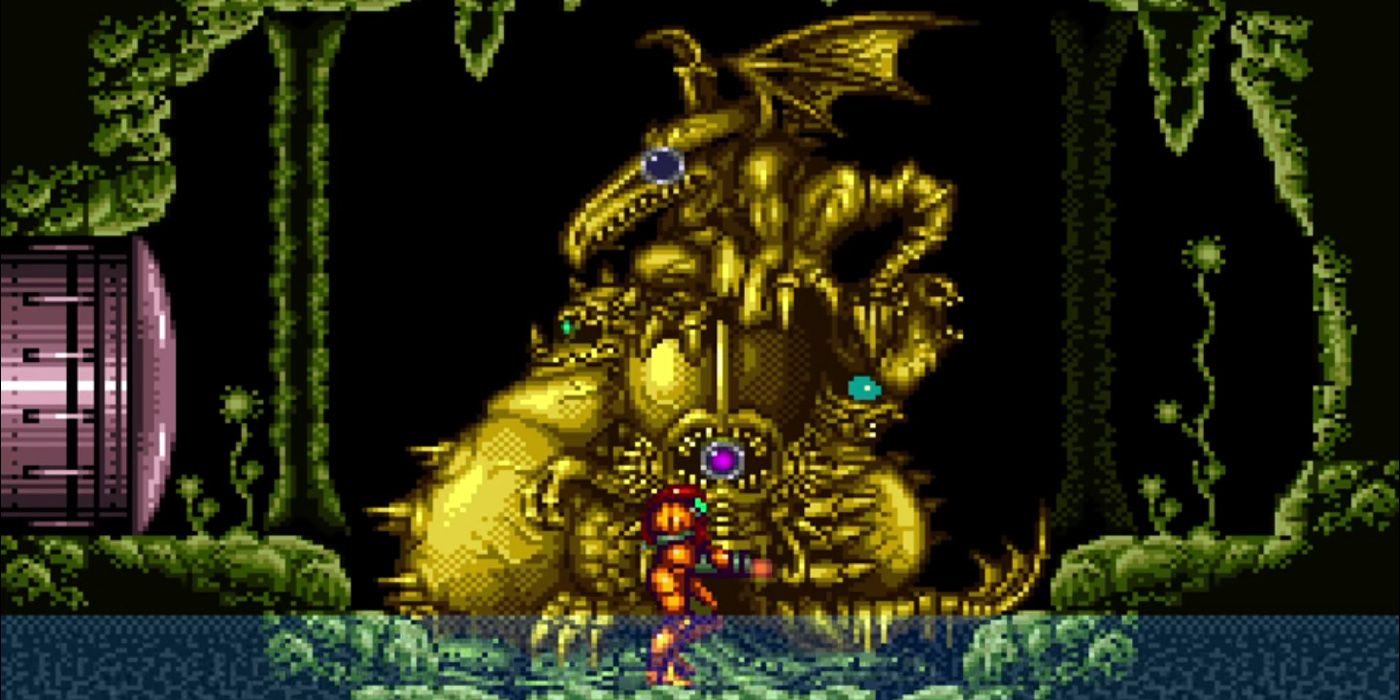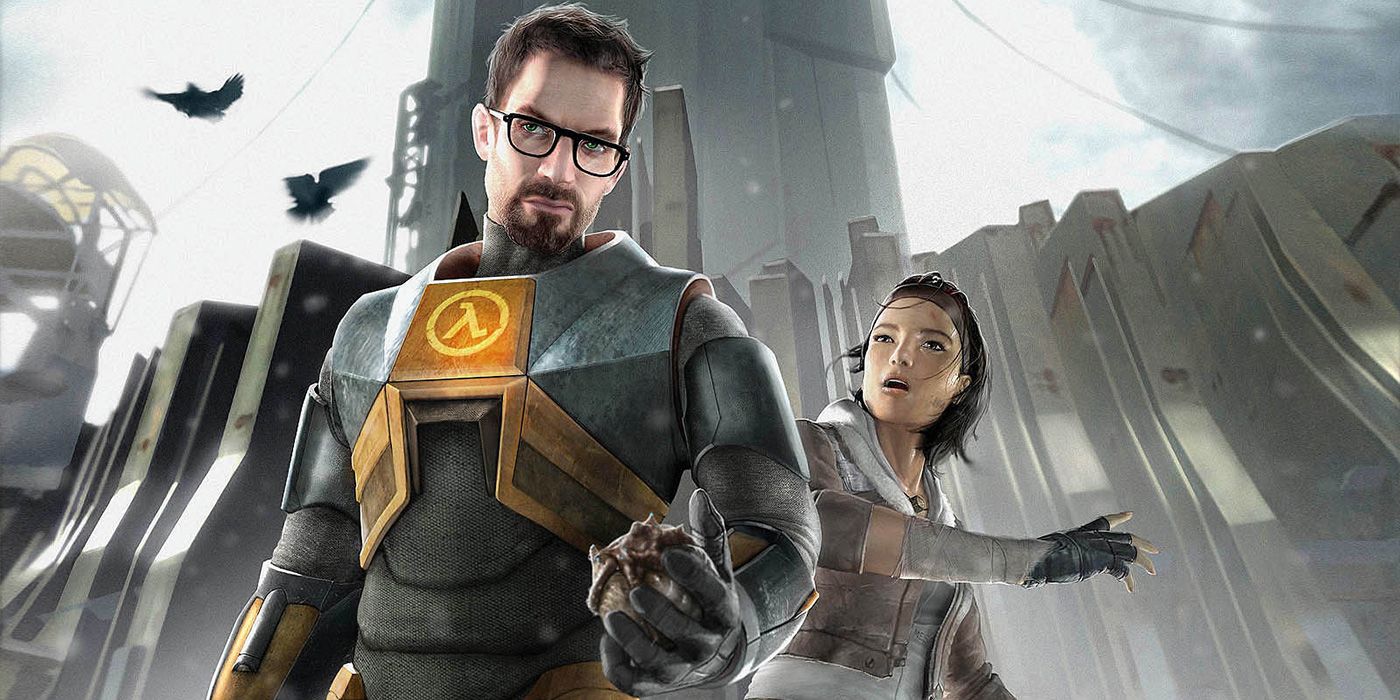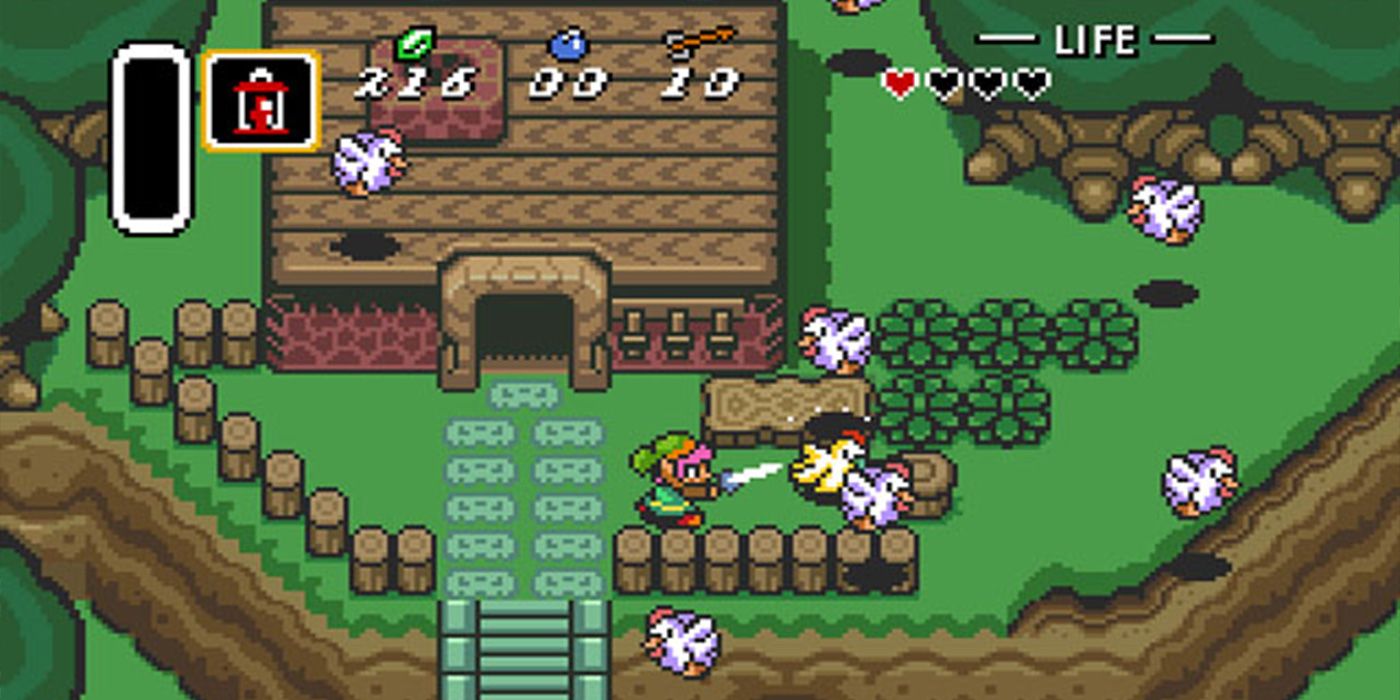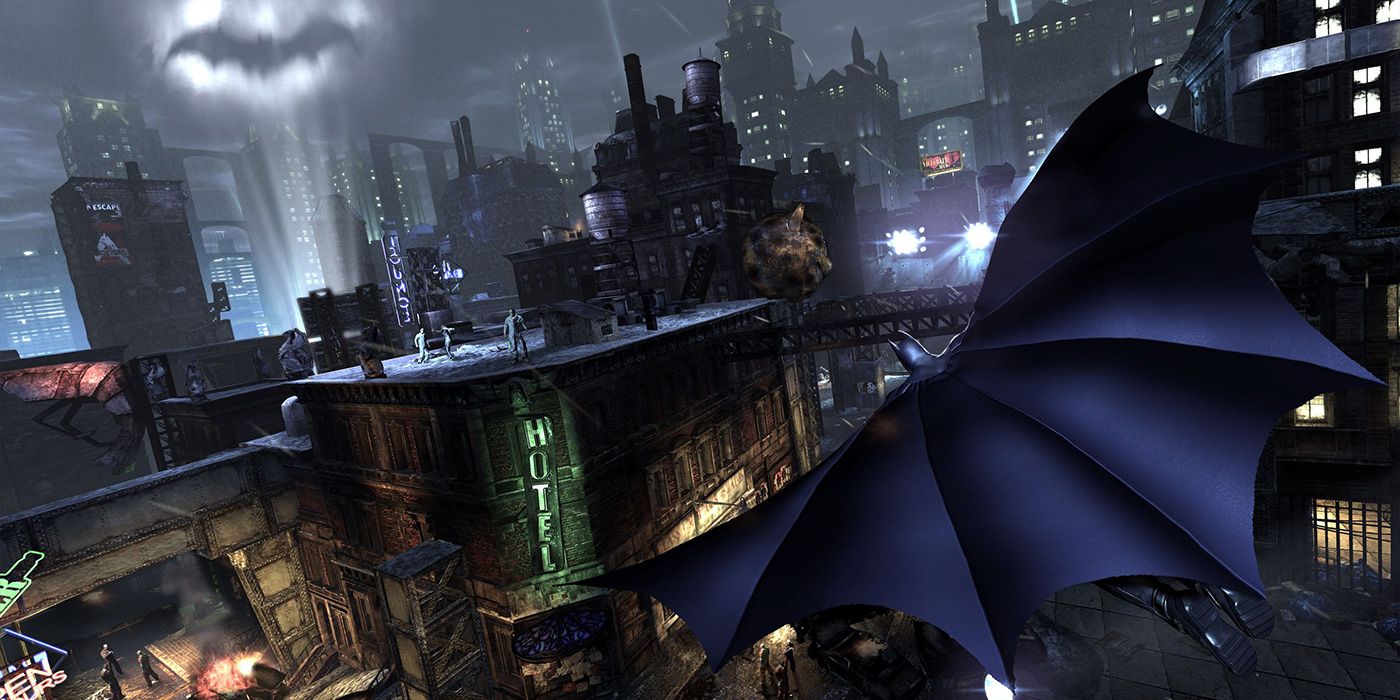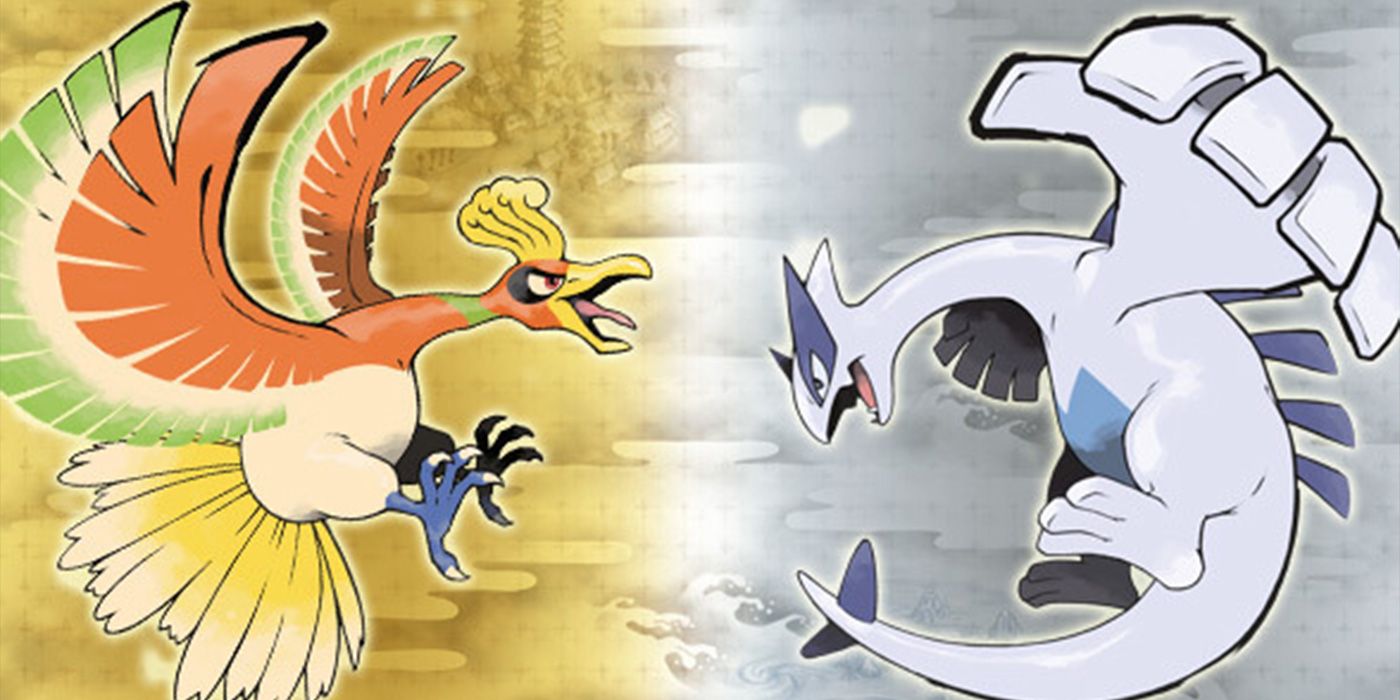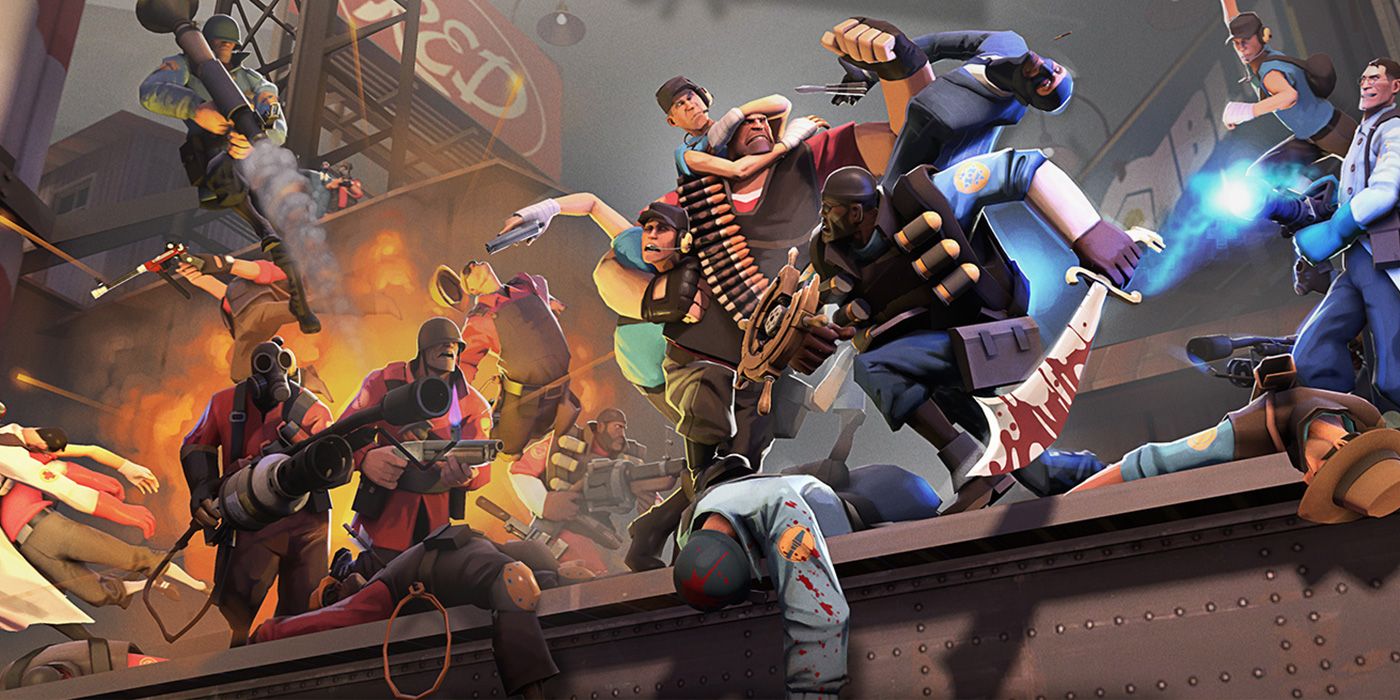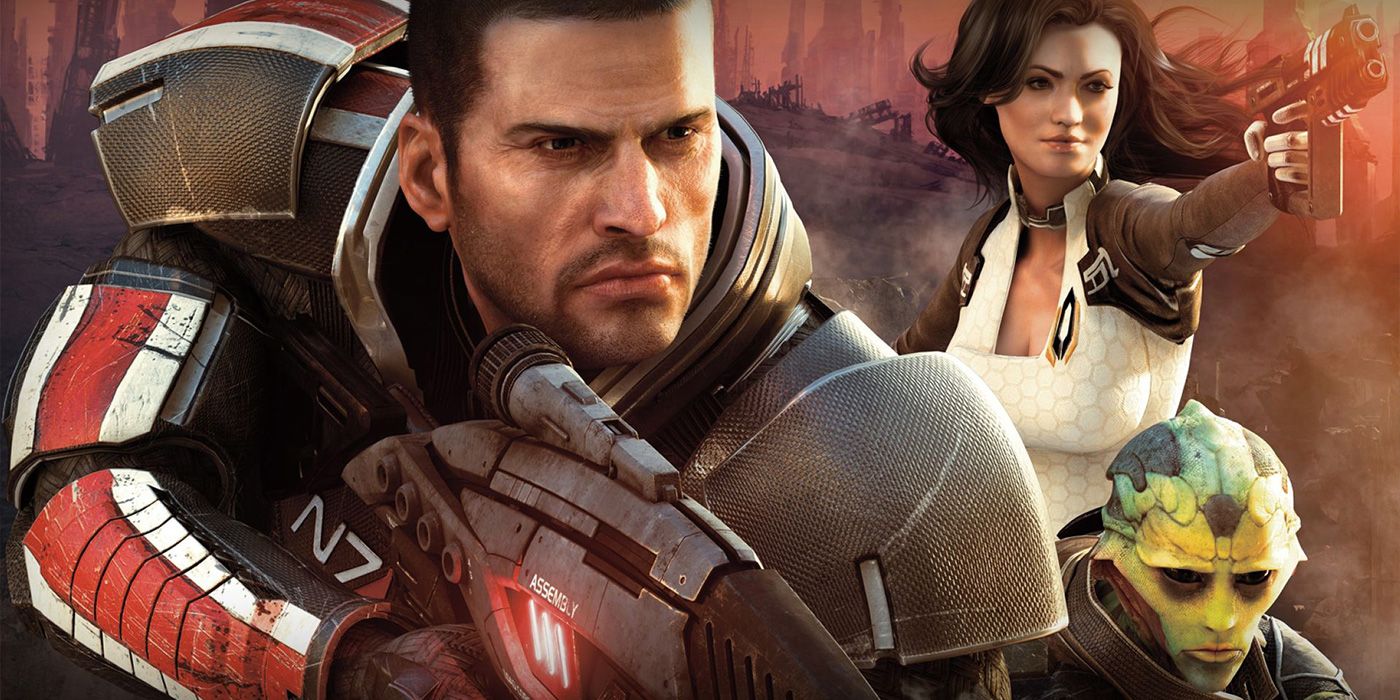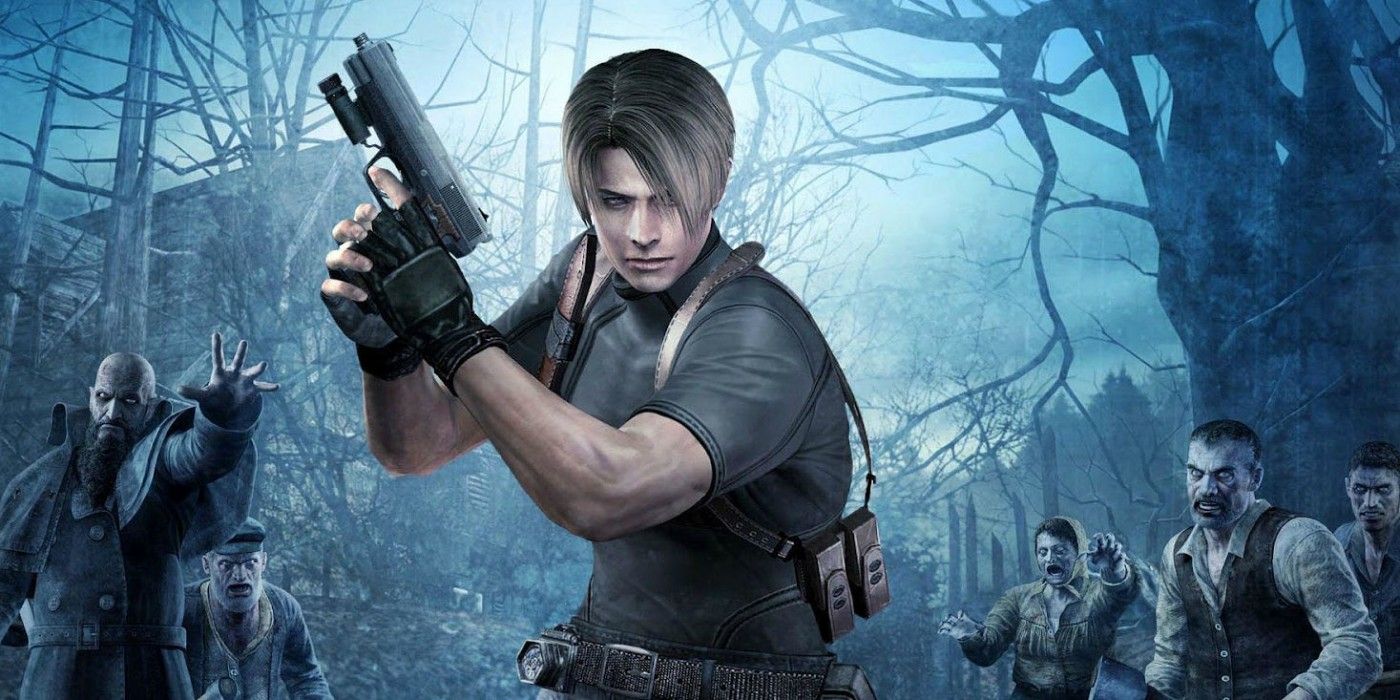There's nothing worse than being really into a particular game, and then having it all ruined by a poorly executed sequel. It's probably happened to everyone at one point or another, but it doesn't always have to be like that. Once in a while, a merciful game studio descends from the heavens and bestows upon us a game that not only lives up to the one that came before, but actually manages to surpass it.
It can be hard to believe that one of your favorite games can spawn something even better than itself, and with the many disappointing follow-ups out there, it's totally reasonable to feel a bit skeptical whenever another new installment is announced. Luckily, we're here to show you that the improbable actually does happen sometimes, and more than you might realize.
These are 15 Game Sequels That Were So Much Better Than The Original.
15. Super Mario Bros. 3
The original Super Mario Bros. is one of the most well-known video games of all time, and with good reason, as the revolutionary NES title largely helped in ending the video game crash of 1983. Just ask your parents (or even your grandparents) and they're more than likely to recognize the iconic plumber and his breakout game. But what about that other Super Mario title, you know – the one that took the basic formula of the first game and improved on it in every way possible?
First teased in the cheesy ad-movie The Wizard of all places, Super Mario Bros. 3 was a huge leap for 2D platforming games at the time. With its plethora of new power-ups, drastically improved gameplay, and even its newly introduced overworld – something that would become a staple in platforming games to come – Mario 3 surpassed the original in every category. While we have to respect the original Super Mario for jump-starting the platforming genre, we also have to give credit to Mario 3 for perfecting it.
14.Mega Man 2 (and 3 and 4)
Although a very well-known series now, Mega Man for the NES was not a commercial success. By some miracle, Capcom took a chance and allowed for the production of a sequel – and boy did it pay off. What gamers ended up with was an upgrade of levels, enemies, and power-ups – in the form of the beloved sequel, Mega Man 2. This is where the series introduced the oh-so-helpful E tanks, fan-made robot masters, and additional secondary items to help the player pass difficult areas. And how could you forget the iconic introduction screen featuring the Blue Bomber himself standing tall on a skyscraper (coolest game intro of all time?)
Mega Man 2 is considered by many to be the best in the classic series, but the blue robot didn't stop improving there. From the slide move in Mega Man 3, to the charge shot in Mega Man 4 – each sequel would continue to add features that would carry on in the series for years to come.
13. Tony Hawk's Underground
The Tony Hawk's Pro Skater series feels almost like a Shakespearean tragedy in the world of video games. The early games were all a huge hit, and helped spread the real-life sport to general public. But after a number of missteps and bad decisions with later titles, the once critically acclaimed series took a nosedive. There was however a brief moment of clarity where the series took a chance, and created gold.
Tony Hawk's Underground came along right as the old formula was beginning to grow stale. It introduced open-world levels, where players were free to skate (or run) and explore areas without being confined to a time limit. The missions were still there, and the core gameplay was present, but everything was improved. This, combined with an extensive story-mode containing one of the most underrated video game villains ever (looking at you Eric Sparrow) made it seem as though things could only improve from here. Little did we know, Underground would be the metaphorical swan song of the Pro Skater series.
12. Portal 2
When Valve released The Orange Box in 2007 they not only gave us a ridiculously great game bundle, but also one of the best bonus games of all time. In a market saturated by generic FPS and action games, Portal introduced fresh new platforming-puzzle elements, inspiring an influx of quirky indie puzzle games for years to come. It quickly became a fan-favorite of The Orange Box, with the only consistent complaint being that it was too short.
Fast-forward four years, and Valve answered these complaints with Portal 2. Building off of the initial concept of the first, Portal 2 heavily expanded on the game's story and introduced a load of new features. Special gels that alter the in-game physics? Check. Substantial multiplayer mode with numerous team-friendly puzzles? Check. Hilarious new antagonist that somehow manages to be just as awesome as GLaDOS? You'd better believe it. Portal 2 was one of those rare instances where a company took a surprise overnight hit, and made the sequel even more amazing. Good job Valve.
11. Super Ghouls 'N Ghosts
Ghosts 'n Goblins for NES is notorious for being one of the toughest (and most frustrating) retro games of all time. A lot of people remember the game surprisingly fondly, blaming their many losses on a lack of skill – when actually, it was plagued with tons of glitches and extremely cheap punishments. Thankfully, for those looking for a version of GnG that's still challenging, but free of most of its defects, there's Super Ghouls 'n Ghosts for the SNES.
Showcasing upgraded visuals and an assortment of new power-ups and enemies, Super Ghouls 'n Ghosts takes all of the good aspects of the original and refines them, while leaving out most of the bad. The biggest improvement of all would have to be the inclusion of the double-jump. This seemingly small addition actually adds a lot to the game's mechanics, leading to more strategic platforming and the feeling of having more control over Sir Arthur's movements.
10. Super Smash Bros Melee
Some people call it a fighting game, others a party game, but most agree that Super Smash Bros. is one of the best things Nintendo has ever come up with. Starting originally as an unsanctioned project by Kirby creator Masahiro Sakurai, Super Smash Bros. for the N64 pulled gamers in with its simple gameplay and awesomely frantic multiplayer battles. Being the first of its kind, the game was not free from issues – mostly stemming from its limited single-player mode – but overall, players loved it.
Along came the Gamecube, and Nintendo worked their magic a second time with Super Smash Bros. Melee. Adding in a proper single-player adventure mode, more Nintendo alumni, and a tweaked fighting system that increased the competitiveness of matches, there's no wonder Melee is the favorite of the series. Besides bringing hours of entertainment with friends, it was also the Smash title that saw more tournament play than any other. Wombo combo indeed.
9. Super Metroid
Forget about best sequels, Super Metroid is regularly on the top of lists ranking the greatest games of all time. It pushed the limits of the SNES both in graphics and sound, owing a lot of the game's immersive experience to its atmosphere-enhancing soundtrack. One of the best features this game boasted was its practical save system, which abandoned the idea of the complicated passwords seen in the original, and inspired a similar save-style to virtually every Metroidvania game that came after it.
And let's not forget about the map. That's right, no more getting lost and backtracking through the same area multiple times like on the NES title – Super Metroid's live map system made exploring alien worlds more efficient than ever. Shockingly enough, Super Metroid actually didn't sell very well in its home-country of Japan, likely due to the fact that it was released late into the life of the Super Nintendo. Thankfully, it's well-respected today as an SNES masterpiece.
8. Half-Life 2
Now don't get me wrong, Half-Life is one of a kind. With its engaging story told entirely through in-game sequences, allowing full control of your character throughout, no one had really seen anything like it when it was first released for PC in 1998. Yes, the inaugural title featuring the silent protagonist Gordon Freeman brought a lot to the world of first-person shooters, but the second entry in the series took an even larger step forward.
Half-Life 2 was developed alongside Valve's "Source", a revolutionary game engine that introduced an intricate physics system to the FPS genre. And what a game to show off such an awesome new engine – Half-Life 2 fleshes out the world that we're merely introduced to in the first game, and throws us headfirst into a storyline involving hostile interdimensional creatures known as the Combine. Oh and did we mention the gravity gun? Whether you're solving puzzles with cinder blocks, or blasting enemies with levitating buzzsaw blades, the gravity gun is one of the most entertaining weapons you'll ever use.
7. Zelda: A Link To The Past
One of the biggest arguments you'll see Zelda fans (or gamers in general) argue about, is which is better: Ocarina of Time, or A Link to the Past? While this subjective argument may never find a proper conclusion, there's a reason why LTTP made this list and not OoT. Pure and simple, A Link to the Past is the original Zelda on steroids. While OoT would be the catalyst for the many 3D Zelda games that came after it, LTTP was more like a traditional Zelda game at it's very best.
Beautiful 16-bit graphics, adventure-filled dungeons full of creative monsters, the imaginative Dark World/Light World mechanic, there's so much cool content to talk about it's no wonder this game is always receiving so much praise. The original Zelda well never be forgotten for the innovative game it was at the time, but there's no denying which is superior – Zelda: A Link to the Past is a top-down view, two-dimensional gift from the heavens.
6. Batman: Arkham City
Holy sequels Batman! It was way past due when the gothic caped crusader finally got a solid line of games with the Arkham series. Batman: Arkham Asylum was possibly the first game that accurately represented playing as the iconic super hero. Asylum was praised for its compelling story and intuitive gameplay, which put the player in full control of Batman. The few issues keeping it from being perfect were the occasional tedious boss fights, and levels being limited to the titular mental hospital.
Batman: Arkham City remedied this by allowing the player to roam free in a fully open-world environment, while also managing to improve upon the gameplay of the first. Criticisms of Asylum's lackluster supervillain fights were answered as well, with a number of remarkable boss battles (two highlights being the epic fights with Ra's al Ghul and Mr. Freeze). After surpassing the critically acclaimed original, and adding a bat-load of extra content to boot, there's no surprise why many still consider Batman: Arkham City to be the best superhero video game ever made.
5. Pokemon Gold/Silver
Unless you live under a rock, you know what Pokemon is. With the constant release of games featuring these Pocket Monsters over the past twenty years, you may be wondering why Pokemon Gold and Silver was chosen over any of the other sequels. The short answer is that it's probably the most important title in the entire series. Besides the fact that it was in color, you may be surprised to realize just how many things Gold and Silver introduced that Red and Blue was lacking.
Think of some of the basic features found in every Pokemon game: attaching items to pokemon, eggs and breeding, day and night evolutions – the number of modern day poke-mechanics that were originally found in Gold and Silver is astounding. Even not counting these crucial additions, the game itself was also much larger than its predecessor. After you're done conquering the new Johto region you're free to return to the fully explorable Kanto region from the first game, all leading to a climactic battle with the original protagonist.
4. Team Fortress 2
You know you've got something special when your game has managed to create a legitimate online economy based around virtual hats. Originally starting as a Quake mod, Team Fortress Classic was a quirky multiplayer FPS game that quickly gained a loyal following. Eventually, the Team Fortress series would drop the generic military look of the original and blossom into its own distinct style of awesomeness with Team Fortress 2.
TF2 brought something special to the world of competitive multiplayer FPS games in the form of cartoony, expressive class characters and weapons, giving the game a truly unique personality. Eventually adding a range of game modes and weapons that would only continue growing for years to come, the sequel took off impressively, launching into a success that would ultimately eclipse its predecessor. Whether it was thanks to the updated look, or the re-balanced weapons system (bye bye grenades), Valve must have been relieved when people reacted so positively to their sudden shift in direction. (Or was it the hats? Yeah it was definitely the hats.)
3. Mass Effect 2
The first thing that got everyone's attention when Mass Effect first came out was the promise of an eventual trilogy, and the ability to carry your save file over between each game. Luckily, the first Mass Effect proved that it was more than just a save file gimmick, boasting masterful storytelling, and an engaging game experience overall. Still, the series wouldn't show what it was really capable of until its first sequel just two years later.
Bioware clearly took note of fan complaints while developing Mass Effect 2, adding in much more tactical firefights, fixing up various battle issues (such as the faulty cover mechanic), and even making the world itself feel much more alive (no more driving around in barren wastelands). With a larger cast of characters, side-missions that feel much more significant, and a more stable gameplay system overall – Mass Effect 2 upped the ante so much, it's no wonder so many fans were disappointed with the fragmented storylines and eventual conclusion of the series in Mass Effect 3.
2. Resident Evil 4
Resident Evil and its initial sequels helped give birth to the Survival Horror genre. Even with their hilariously campy voice acting, and sluggish tank controls, there's no doubting that these games are an important part of video game history. Resident Evil 4 however, is in a league of its own. Blending together the classic Survival Horror style atmosphere of the originals, while shifting gears towards slightly more action-oriented gameplay, RE4 was the perfect blend of old and new to make something that was truly special.
The new over-the-shoulder camera and tight controls heavily improved on the clunky style of the originals, while also keeping things at a tense enough pace that it didn't suddenly feel like a spastic military shooter. From creative new enemies that were equal parts awesome and terrifying, to a thrilling and memorable story mode, and amazing in-game graphics that pushed the boundaries of what seemed possible at the time, RE4 had "game of the year" written all over it right from the beginning.
1. Street Fighter II
What can be said about Street Fighter II? Well, besides the fact that there's probably more versions of it than any other game in the history of forever. This game was revolutionary at the time of its release – not only as an arcade game, but as a video game in general. Street Fighter II invented the fighting game genre, and if you find that hard to believe then simply compare it to every single 2D fighter that's come out since its release in 1991.
SF2 had tournament style play, it had special movies, it invented COMBOS – all things that fighting games new and old would be unrecognizable without. If it wasn't for Street Fighter II, many super popular video game franchises (King of Fighters, Mortal Kombat, Marvel vs Capcom) simply wouldn't exist. That's just how groundbreaking it was. Surprisingly enough, it followed a game that was (and still is) virtually unknown for the most part. Street Fighter II didn't just surpass the original, it made many people assume it was the original.
—
It's always cool to see a video game sequel turn out even better than the first. Did you spot any of your favorite video game sequels? If not, leave them in the comments, and who knows maybe we'll make a sequel to this list one day.

